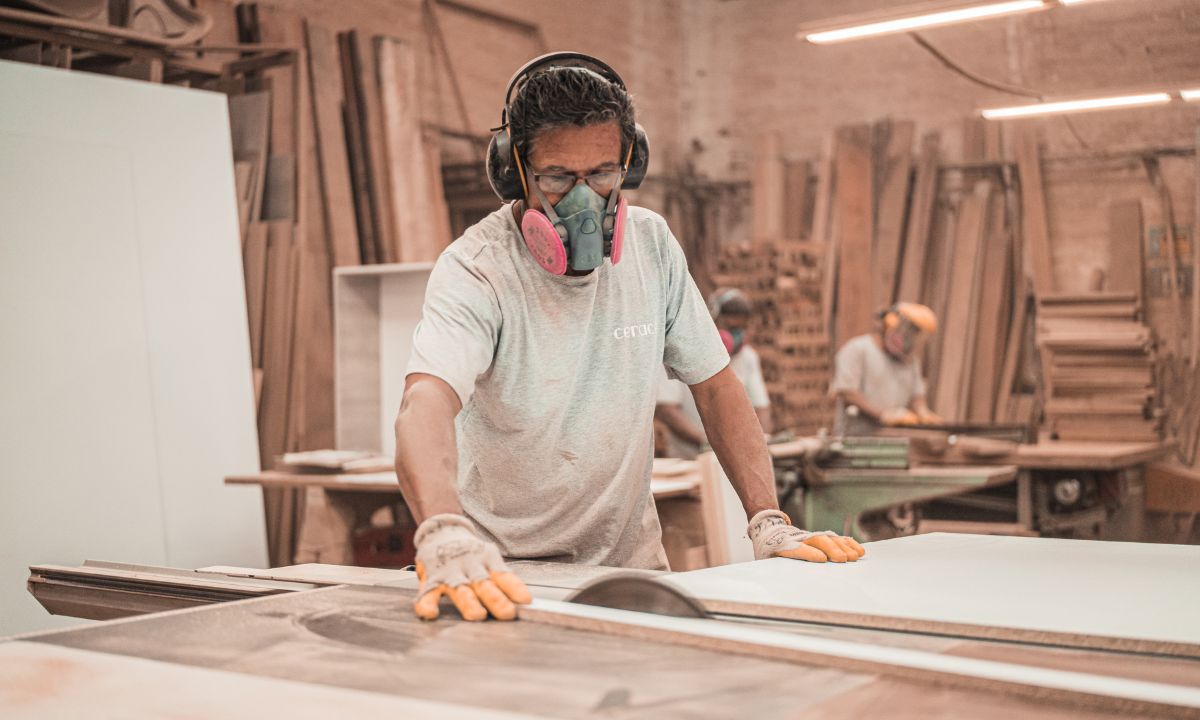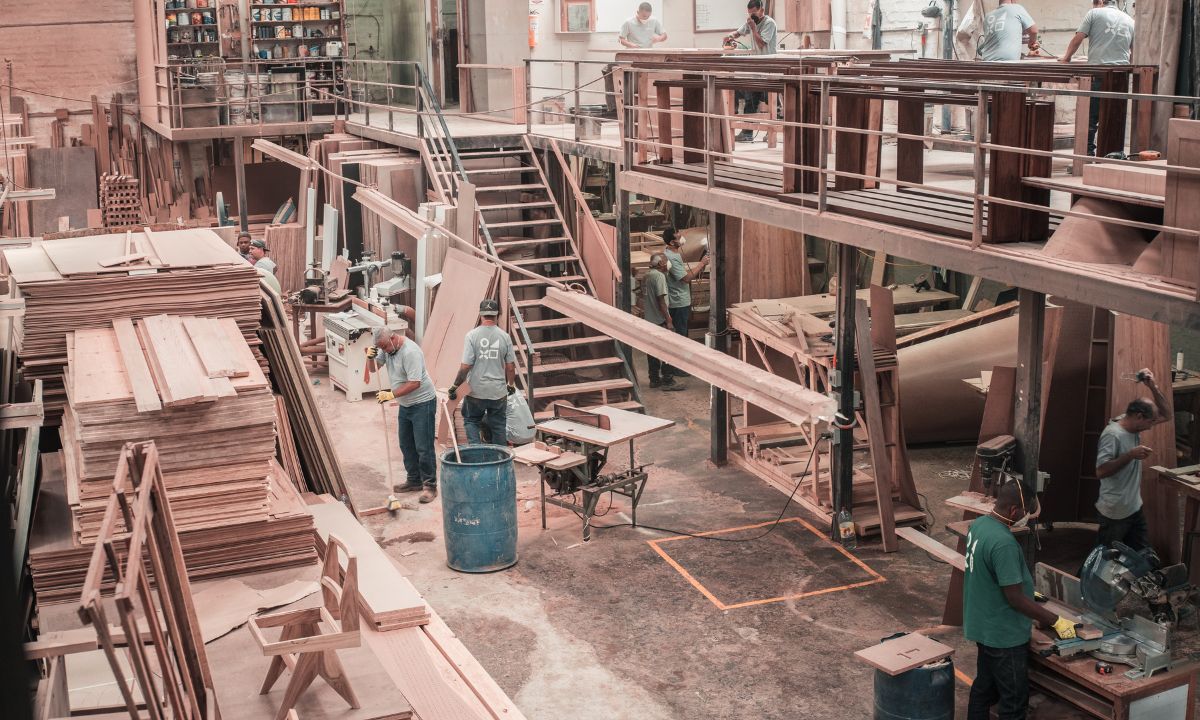Woodworking safety tips: How to Avoid Accidents and Injuries
Woodworking is one great hobby whereby an individual ends up making very nice functional items from raw materials. Like other hands-on crafts, it equally exposes some risks and thus always requires priority in safety regardless of what level of involvement one would be into. In this article, we will go over some important tips in woodworking safety that will help you avoid any sort of accident and injury in your workshop. Additionally, let us introduce you to one of the great resources that will take your skills to the next level; check it out Build 16,000 Woodworking Projects With Step-By-Step Plans.
Why Woodworking Safety Matters
Woodworking involves sharp-edged tools, heavy machinery, and probably hazardous materials. Serious cuts, splinters, and even worse accidents are waiting if you’re not careful. Safety observance not only guarantees protection but also ensures that your work in woodworking stays both enjoyable and productive.
Key Woodworking Safety Tips

1. Wear the Right Protective Gear
Before picking up as much as a hammer, dress for the job. That’s the following go for clothes and gear:
- Safety glasses to protect your eyes from flying debris.
- Hearing protection when operating particularly noisy machinery such as table saws or routers.
- Dust masks or respirators that will prevent your inhaling sawdust and other potentially deadly particles.
- Gloves for handling rough material, but avoid wearing when using rotating tools due to the possibility of entanglement.
- Closed-toe shoes because dropping something on your foot can be very painful and injurious.
Well, consider this safety as a pretty affordable insurance. If you are considering some of the best protective gadgets to wear, following are some you can choose to use 16,000 Woodworking Projects With Step-By-Step Plans.
2. Cleanliness and Organization of the Workplace
A messy working site is an accident-prone working site. The scattered saw dust, shred woods or even the tools on the floor may bring tripping and falling or sparks that can spark a fire. How you may maintain a safe workshop:
- Sawdust and debris must be swept up time after time
- Tools must be put at their respective storage locations following use.
- Keep cables and hoses away so that you won’t trip over them.
- Let enough light in to see clearly what you are doing.
3. Use Tools Correctly and Take Care of Them
More accidents happen in woodworking from incorrect use of tools than from any other cause. Always:
- Read the manufacturer’s instructions before you attempt to use any tool.
- Keep blades and bits sharp—a dull tool requires more force and is more likely to slip.
- Inspect tools for damage before use and repair or replace them as needed.
- Never remove safety guards from machinery.
If you’re unsure how to use a specific tool, consider taking a course or watching tutorials. For a comprehensive guide on mastering woodworking tools, click here.
4. Focus and Avoid Distractions
Woodworking requires attention. A moment of ignorance may lead to a severe accident. To be focused:
- Do not work when exhausted or after taking alcohol, or any form of medication.
- Switch off your phone or put it on silent to reduce the chances of distraction
- Take regular breaks to cut down on fatigue
5. Learn Proper Techniques
Working with proper techniques will not only raise the quality of the work, but it will also lessen the chance of getting injuries. As for example:
- While operating any hand tool, one should always cut away from the body.
- Use push sticks or blocks while operating close to a saw blade.
- Secure the workpiece by clamps or vise while operating it.
If refining woodworking techniques is what one desires, then this resource has valuable insights and detailed step-by-step instructions in the same regard.
Take Your Woodworking to the Next Level! Build 16,000 Woodworking Projects With Step-By-Step Plans
6. Pay Attention to Electrical Safety
Power tools can make a woodworking task quite easier; however, they may be very dangerous if one does not use them appropriately. Here are some electrical safety tips:
- Check the cords before use for fraying or damage.
- Do not overload outlets or extension cords.
- Unplug your tools while changing blades or bits.
- Keep electrical equipment away from water or damp areas.
7. Know First Aid Basics
Accidents can still happen despite your carefulness. First aid kit in your workshop and knowing how to use it may make all the difference in an emergency. Stock your kit with:
- Bandages and gauze.
- Antiseptic wipes.
- Tweezers for removing splinters.
- Burn cream and pain killers.
Advanced Safety for Aged Woodworkers

Being a long time woodworker, you might want to do the complex projects. The only problem with complex projects is that the risks involved are a notch higher. Following are some tips which shall be useful and can be tried:
- Use the dust collector so that the amount of floating particles is minimum
- Fix a fire extinguisher around your workshop just in case an accident occurs.
- Wear face shield while working with lathes or doing other equipment in high speed.
- Avoid making mistakes and rush in doing the project. Give enough time planning.
For further advanced refer to this guide provides expert tips and ideas for projects.
Teaching Safety to the Beginners in Woodworking
When teaching someone else, be sure to inculcate safety habits upon them since their initial days. Let them be taught:
- Importance of Wearing protective gears
- Proper handling and use of tool, using it correctly and safely.
- Importance of a clean and tidy workplace
- Basic first aid procedures.
By setting a good example, you will help make sure they enjoy many years of safe woodwork.
Final Thoughts
Woodworking is one of those hobbies wherein you make something tangible and beautiful; however, much concern should be there for safety first so as not to acquire any accidents or injuries. You can make much safer and more enjoyable woodworking if you will follow some tips herein outlined.
It is recommended for anyone wanting more information on techniques and tools in woodworking or how to handle critical safety issues. Much information that will be of value in taking the skill into the next dimension of keeping safe in the workshop is enclosed.
Take Your Woodworking to the Next Level! Build 16,000 Woodworking Projects With Step-By-Step Plans.
Related Reviews:
Can You Make Money Selling Woodworking Projects?
What Woodworking Project is Most Profitable?
How to Make Money Fast with Woodworking?
What is the Highest Paid Woodworker?
Is Woodworking a Good Business to Start
What is the Best Platform to Sell Woodworking Projects?
How to Sell Wooden Items Online?
Woodworking Related Topics And Tags: Woodworking safety, workshop safety, woodworking tips, protective gear, tool safety, Woodworking for beginners, DIY woodworking, woodworking techniques, safety tips, workshop organization, Woodworking tools, woodworking accidents, safety precautions, woodworking projects, first aid for woodworkers, Advanced woodworking, electrical safety, dust collection, woodworking courses, safe woodworking practices
